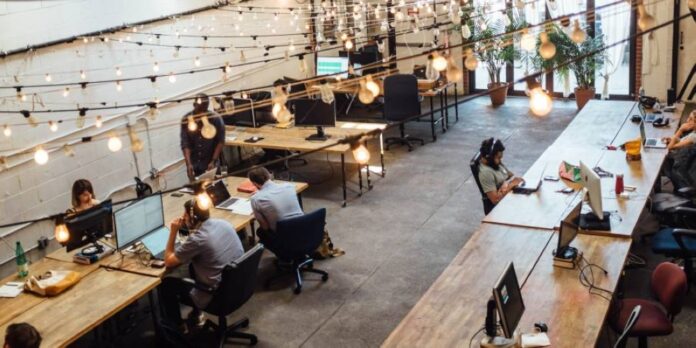If work space is no longer personally assigned, it must find a balance between the needs of each individual. — Picture courtesy of Shridhar Gupta / Unsplash
Follow us on Instagram, subscribe to our Telegram channel and browser alerts for the latest news you need to know.
NEW YORK, May 20 — New workplace set-ups are resulting in personal touches being eliminated from offices. Farewell to family photos and books scattered on the desk, as workspaces must now respond to changing work patterns and rhythms. Maintaining creativity amid this new organisation can be difficult.
If you’re a typical modern office worker, then chances are your desk is no longer really your own. You and your computer can work from just about anywhere you want, so long as there’s an electrical socket and an internet connection.
This shift has led companies to reorganize their workspaces, taking in coworking, flexible working or ad hoc office space. In short, with the widespread uptake of remote working since the Covid-19 pandemic, the traditional office model has been shattered into pieces. With this new flexibility, workers now bring their essentials to the office in the morning and leave with them in the evening at the end of the workday.
In many ways, especially economically, this model can prove beneficial to companies. But can moving towards a more impersonal office space harm creativity?
Personalizing office space could help foster creativity
According to an empirical study on workspace design conducted by the School of Business at Friedrich-Alexander University Erlangen-Nuremberg, personalizing office spaces can foster creativity.
Published in the Journal of Technology and Innovation Management in 2017, the study states that “decorating the workspace with personal items supports [employees’] creativity. On this basis, we conclude that individualization of the workspace seems to be an important determinant of employees’ creativity.”
The prime example of work space personalization has to be the classic family photo. These objects reinforce the sense of belonging and worth to the company.
Flexible working set-ups
But how can the need to maintain creativity be accommodated when many office spaces are now moving towards a more neutral and impersonal model? In other words, more flexible and adaptable.
If space is no longer assigned personally, companies must find a balance between the needs of each individual: quiet rooms for writing or concentrating, rooms for meetings and teamwork, or rooms dedicated to rest. Indeed, office design now works around the idea of “moods.” This kind of office can offer employees the means to foster their creativity if they find the right space to isolate themselves, discuss ideas or take a break as needed.
While the personal appropriation of a space seems necessary, it is difficult to truly affirm that workers will not be creative in this new kind of set-up. This may, perhaps, also vary in relation to the types of activity and creativity involved. That said, recent research suggests that video meetings can stifle creative ideas.
Testing and adapting could be the best approach when it comes to striking the right balance between workspace organization and creativity. — ETX Studio


